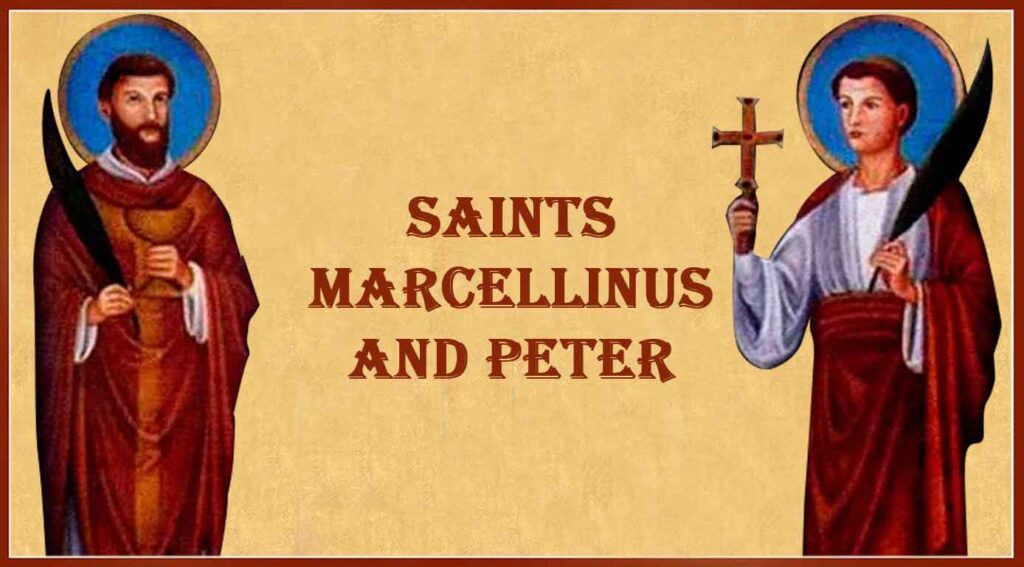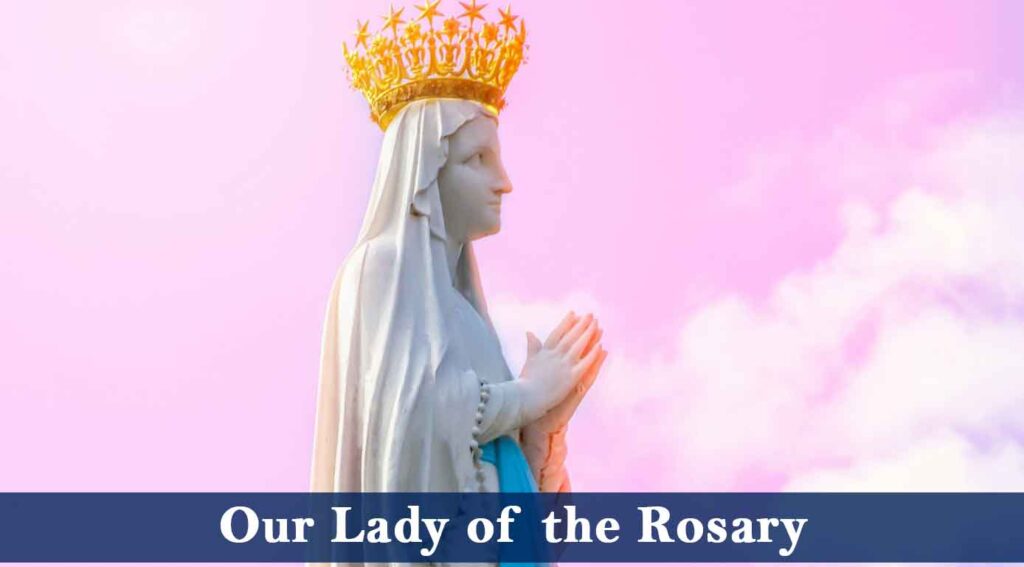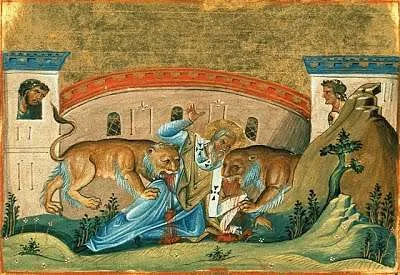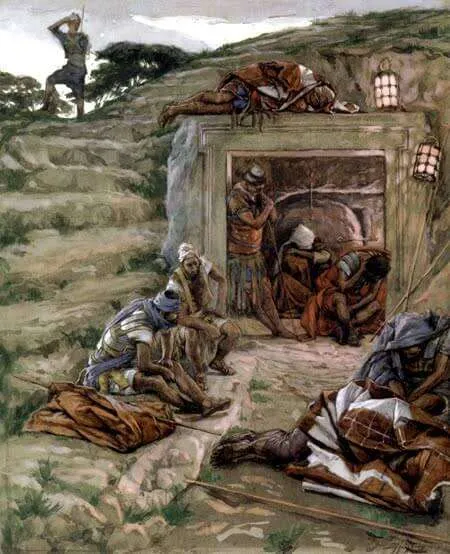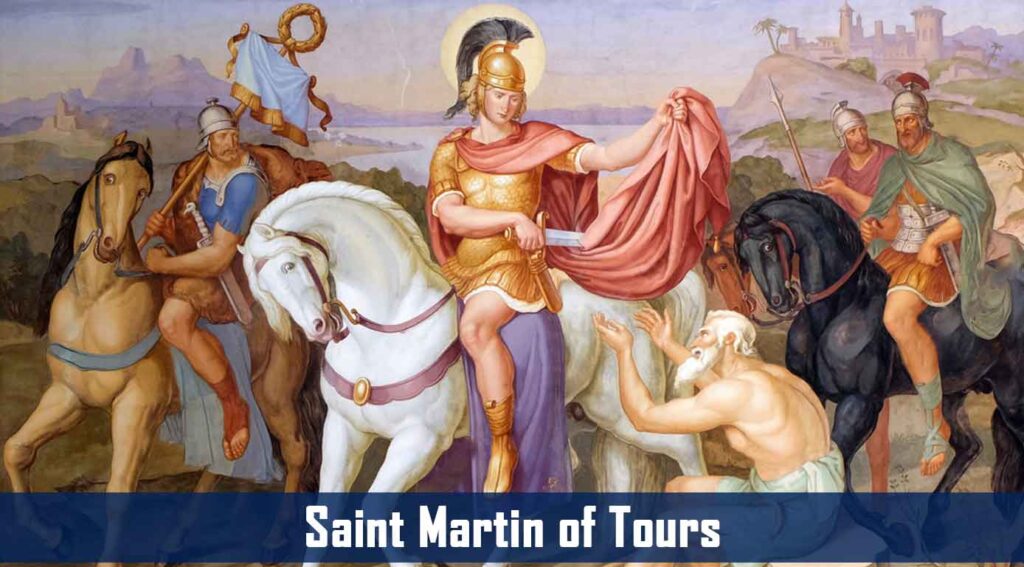Saints Marcellinus and Peter are venerated within the Catholic Church as martyrs who were beheaded. Little is known about the actual lives of these two men. Pope Damasus I claimed that he heard the story of these two martyrs from their executioner who went on to become a Christian. Pope Damasus states that they were killed at an out-of-the-way spot by the magistrate Severus or Serenus, so that other Christians would not have a chance to bury and venerate their bodies. The two saints happily cleared the spot chosen for their death: a thicket overgrown with thorns, brambles, and briers three miles from Rome.
Pope Damasus, who opened their catacombs, also remarks that he wrote a Latin epitaph with the details of their death with which he adorned their tomb. The martyrs were venerated by Christians in the centuries after their martyrdom. Their sepulcher is mentioned in the Martyrologium Hieronymianum, which includes the information that Marcellinus was a priest and that Peter was an exorcist. From the 7th century onwards, their sepulcher became a site of pilgrimage, and their feast day is recorded in local liturgies and hagiographies. According to the Liber Pontificalis, Constantine the Great built a basilica in their honor, since a structure built by Damasus had been destroyed by the Goths.
They are generally represented as men in middle age, with tonsures and palms of martyrdom; sometimes they hold a crown each. In the catacombs named after them, a fresco dating from the 4th or 5th centuries, represents them without aureolae, with short beards, next to the Lamb of Christ. In another fresco from the 5th or 6th centuries, in the catacombs of Pontian, they are beardless and depicted alongside Saint Pollio.


